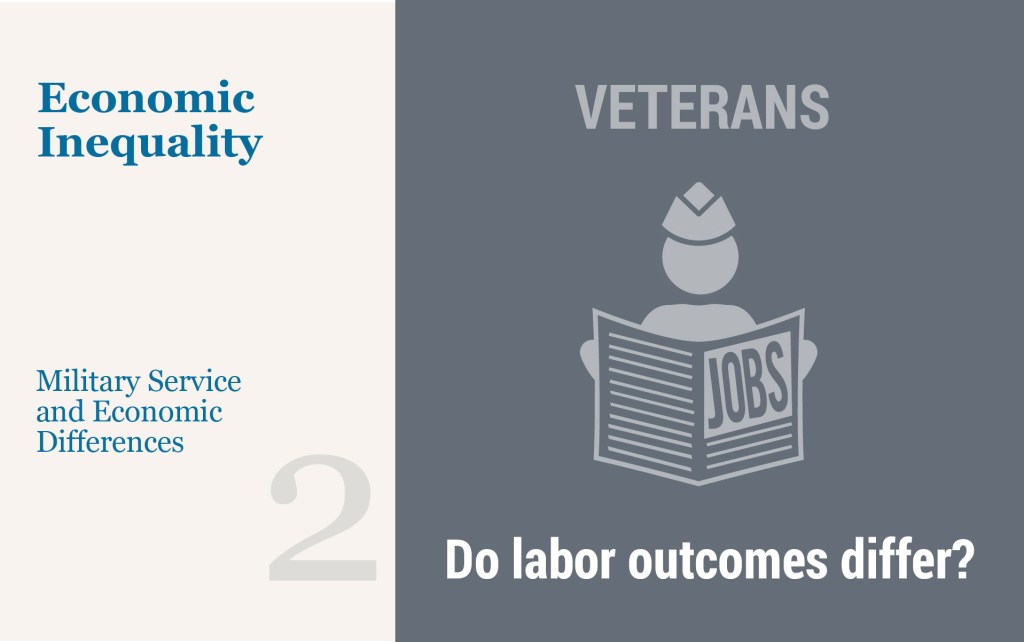Women’s Labor Force Participation Was Rising to Record Highs—Until the Pandemic Hit

Women’s labor force participation grew precipitously in the latter half of the 20th century, but by around the year 2000, that progress had stalled. In fact, the labor force participation rate for prime-age women (those aged 25 to 54) fell four percentage points between 2000 and 2015, breaking a decades-long trend. However, as the labor market gained traction in the aftermath of the Great Recession, more women were drawn into the labor force. In less than five years, between 2015 and early 2020, women’s labor force participation had recovered nearly all of the ground lost over the prior fifteen years. Then the pandemic hit, erasing these gains. In recent months, as the economy has begun to heal, women’s labor force participation has increased again, but there is much ground to be made up, especially for Black and Hispanic women. A strong labor market with rising wages, as was the case in the years leading up to the pandemic, will be instrumental in bringing more women back into the labor force.
Whither Labor Force Participation?

Halting a nearly decade-long downward trend, the U.S. labor force participation rate (LFPR) has flattened since 2016, fluctuating within a narrow range a little below 63 percent. What role has the economy played in this change and what can we expect for the future? In this post, we investigate the extent to which the recent flattening of participation can be attributed to the simultaneous robust improvement in the labor market. We also assess the future path of participation in the medium run should labor market conditions improve further.
Reconciling Contrasting Signals in the Labor Market: The Role of Participation
The contrasting movements in the employment-to-population ratio (E/P) and the unemployment rate recently have been striking and puzzling.
Prospects for the U.S. Labor Market
The unemployment rate in the United States fell from 9.1 percent in the summer of 2011 to 8.3 percent in February.













 RSS Feed
RSS Feed Follow Liberty Street Economics
Follow Liberty Street Economics